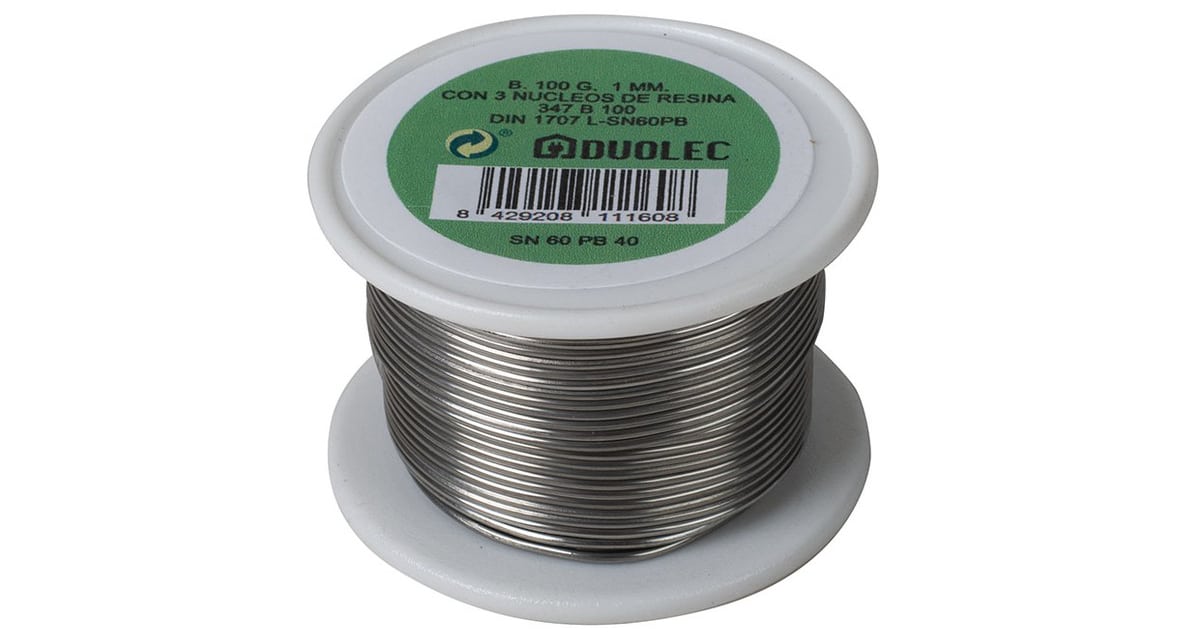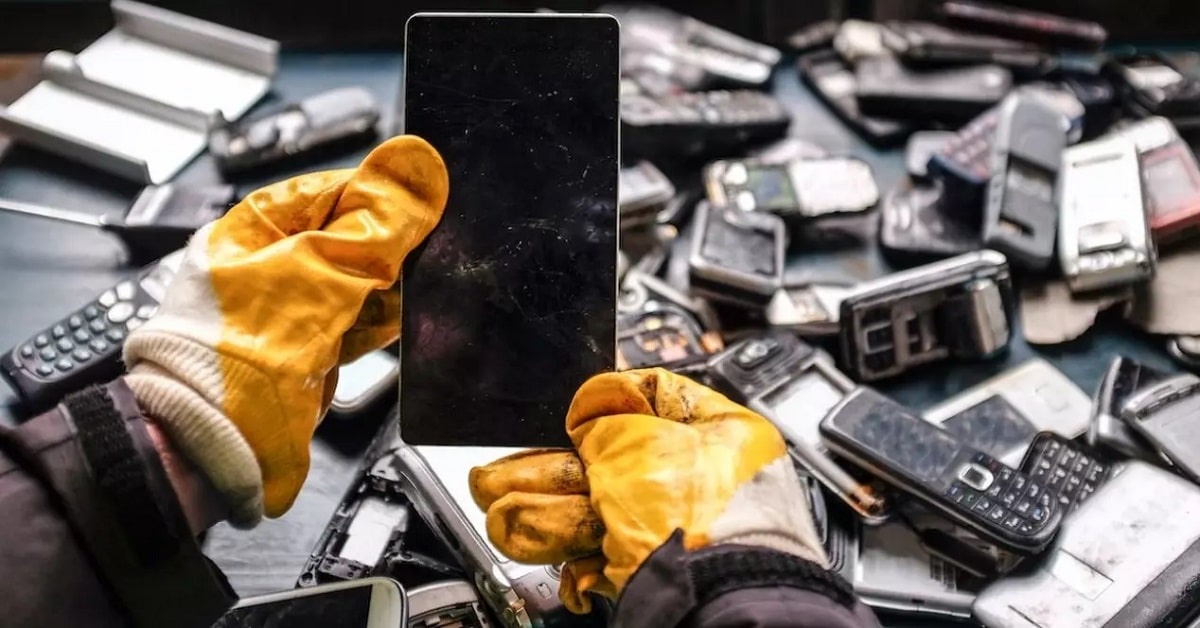
The first mobile phones to hit the market in the mid-90s were mainly made of plastic on the outside. As the years have passed, and manufacturers have wanted to reach a more affluent public, plastic has been replaced by glass and aluminum.
Glass and aluminum, along with plastic, are the most widely used materials in the manufacture of mobile phones, but they are not the only ones. If we look inside, we can find some materials that you would not think of in the life that is inside, such as gold. If you want to know what materials are used to make a smartphone, I invite you to keep reading.
A smartphone contains about 60 raw materials. Among them, cobalt and other rarer earth elements. These raw materials are mined in a few countries of origin. The difficult and hard work is sometimes life-threatening, and not only of the adults, but also of the many children involved in the extraction.
As the years have passed, the number of functions that smartphones offer us have become an all-in-one device, so as the years go by, the trend of using these devices is far from diminishing. Also, unlike the first generations of mobiles that hit the market in the 90s, nowadays they can no longer be considered as a luxury item.
Materials most used to make smartphones
Silicon

If we talk about the materials to make the components that give life to a smartphone, we have to talk about silicon. This material represents almost 25% of the materials used in the manufacture of a smartphone. It is also very economical since it is found in almost 30% of the earth's crust.
Silicon, which has been used in the electronics industry for more than 70 years, has allowed the industry to stop depending on the traditional integrated circuits by a single piece that is responsible for carrying out most of the processes and called chip (no confuse with processor).
One of the reasons why silicon is one of the most used materials in the manufacture of electronic devices is due to its excellent properties as a semiconductor, since it conducts electrons without help.
Plastic
The plastic is used mainly for the construction of the elements that are used to join the pieces of the interior of the smartphone. But also, especially in the cheaper models, they are used in the construction of the structure.
Iron
Iron is used mainly for all the hardware necessary to mount the different components that are part of smartphones. It is obtained mainly from countries such as Brazil, China, Australia and India.
Aluminum
It is used as a shield plate to protect electronics from electromagnetic radiation from the antenna. In addition, it is also used for the construction of the chassis and the terminal structure. The main countries where aluminum is obtained are Jamaica, China, Russia and Canada.
Copper
We have little to say about copper that you do not know. Copper is used primarily for cables and printed circuit boards. Chile, China and the United States are the main producers worldwide.
Lead
In addition to tin, lead is also used to make some of the solders that we can find inside smartphones thanks to its ductility.
Zinc
Zinc is found in an alloy with aluminum and copper used in the manufacture of microphones and speakers. It is also used in the manufacture of batteries. China, Peru and Australia is where most of the world production is produced.
Tin

It is used as a solder that connects the components of the smartphone to the copper layer of the board. It is also used to create a layer on the surface of the screen that allows the electricity of our body to be conducted, which the processor interprets to respond as we click on another part of the screen where the elements of the operating system are displayed.
China, Indonesia and Peru are the main countries where this material is obtained.
Nickel
Nickel is used in the manufacture of batteries that we can find in most electronic devices, not only in smartphones. This material began to be used to replace lead, a material that in large quantities is harmful to humans.
Barium
It is mainly used to coat electrical conductors
Palladium
Used for the contact surfaces between the different components. Main countries of origin: Canada, South Africa and Russia.
Silver
It is used in the conductive lines of the printed circuit. Main countries of origin: Peru, Mexico, China, Australia.
Gold

Used in the smartphone contacts on the SIM card and on the battery. The medals of the Tokyo 2020 Olympic Games (held in 2021 due to the coronavirus pandemic), were made solely with the gold obtained from the smartphones that the citizens of Japan handed over for recycling.
Main countries of origin: China, South Africa, Australia, United States.
Cobalt
Used for the battery.
Main countries of origin: Democratic Republic of the Congo, Zambia, China.
Tantalum
Used as a condenser.
Main countries of origin: Democratic Republic of the Congo, Australia, Brazil.
Gallium
Used in LEDs (light-emitting diodes) as backlighting of the screen or camera light.
Main country of origin: Kazakhstan.
Indio
Used in LCD screens. It is a very rare metal and its main countries of origin are China, Canada and Peru.
Rare earth elements

A single device contains seven materials that the EU Commission classified as "critical raw materials" or rare earth elements in 2014 and that are increasingly scarce worldwide and that in most cases are obtained in conditions of slavery by mafias.
In some countries, these materials are obtained through mines in very poor safety conditions and where neither masks nor protective clothing are used. Also, because wages are too low, children have to work several hours a day and have to search for raw materials with their own hands without any protection.
Mobile phones contain other rare metals, for example neodymium and cerium. These are used in very small amounts in microphones or speakers. The search for these materials is increasingly complicated and dangerous, so alternatives are being sought to stop depending on them.
Environmental care

Some surveys show that only 13% of users keep their smartphone for more than 2 years. Surely if users knew all the elements necessary to make a smartphone and the conditions in which some of them are obtained, they would think more than once to renew every year or every two model years.